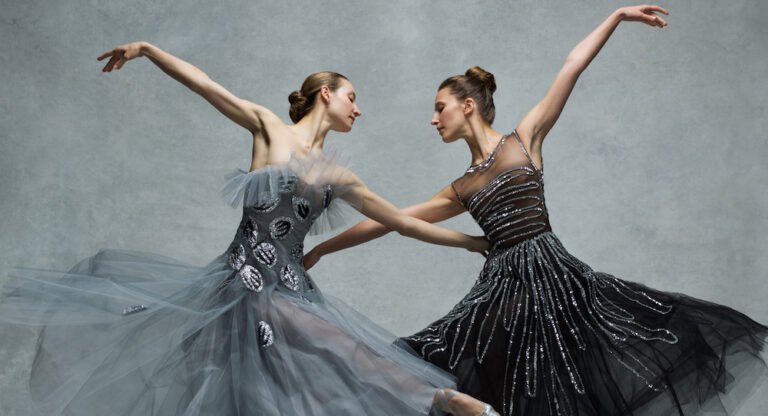When you check your closet, you’ll see that you only have a limited amount of options. But where did those clothes come from? Did you assist in their selection? Why did you or your friends and family select the clothing you have? Similar questions can also be raised about dance clothes for women.
Who determined that today’s youngsters should wear blue jeans and T-shirts? Who creates the clothing that you see in stores? All of these inquiries are related to the fashion industry.
The term “fashion” refers to the current trend in clothing designs. However, fashion isn’t limited to clothing. It may include everything from shoes to jewellery to hairstyles.
Table of Contents
Why Does Fashion Change?
The solution is most likely as straightforward as the reality that individuals evolve. The old is gradually replaced by the new. Athletes, artists, movie stars, social networking sites, and royalty are all impacted by popular culture.
People are also interested in what individuals wear in popular movies, TV series, internet videos, novels, and music. The fashion industry’s advertising also has an impact on people.
Stars in popular culture don’t stay famous by performing the same things repetitively. Instead, they’re constantly looking for new methods to keep their popularity. These new perspectives are frequently expressed through new dresses or haircuts.
The Evolution of Dance Fashion
Dance Rebellion In the Americas In the Early 1900s
Ballet dancers were expected to conform to a stringent dress code as the globe approached the turn of the century. Ballet clothes evolved as the art form grew in popularity worldwide, becoming more creative and less conventional.
Isadora Duncan was an outspoken opponent of the previous century’s corseted forms. She refused to wear what was thought appropriate within the dance world at the time. She defied convention by dressing in draping tunics and wearing her feet exposed.
Duncan’s rebellious character caused the requirements of dance clothing to loosen, allowing for the emergence of modern dance fashion.
Shop Till You Drop In the 1940s and 1960s
The Golden Age of Broadway arrived in the 1940s and 1960s. After World War II, this was the postwar period. Consumption pushed fashion trends throughout the economic boom. In the 1950s, women were required to dress in long, flowing skirts or form-fitting, knee-length skirts.
These dresses were meant to highlight their body to portray themselves as “homemakers” of society. Leotards and shorter skirts, on the other hand, were more feminine and preferred for dance costumes on Broadway. Due to Hollywood’s great stars, the sex appeal grew even more prominent.
Disco and Flashdance Decades, the 1970s-1980s
The Disco scene dominated the culture and fashion of the 1970s as the globe entered the groovy, out-of-sight days. As a result, leotards got a bell-bottomed, billowy makeover with slits and haltered bodices.
Dancing fashion currently includes not just leotards but also leg warmers, dance trunks, and a variety of other dance fashion trends, complementing the daring fashion of the 1980s.
Dance fashion has become a widespread fashion phenomenon not just among dancers but also among an increasing number of the general population, thanks to music/fashion icons like Michael Jackson and Flashdance.
Hip-Hop Influences From the 1990s to the 2000s
The 1990s are recognised for having a true mash-up of inspirations in terms of dance clothes for women. Reflecting the prominence of Hip-Hop, breakdancing, and street dance, the leotards and leg warmers shown in Irene Cara’s ‘Flashdance What A Feeling’ could be seen around more casual and baggy streetwear, such as tracksuits, t-shirts, and sneakers.
The parachute trousers, made famous by MC Hammer, were a popular fashion item – did you possess a pair?
Dance Fashion In Today’s World
The term “comfort” has never been more fashionable or relevant. Athletic wear has swept the dance scene with loose-fitting sweatshirts, crop tops, tanks, and shoes. Athleisure apparel is a popular casual and daily outfit.
Dancers might wear this style during rehearsing and even on stage during a performance. You can see dancers in comfy attire in videos, stage shows, and even in the studios capturing their routines for their internet fans.
Wrapping Up
Overall, even though dance clothes for womenhave evolved significantly over time, dancers are no longer restricted to a single style. Today’s performers might draw inspiration from history for their next fashion choice, whether it’s a conventional style or a modern or retro mood.
What do you think the next significant dancing fashion phenomenon will be? Only time will tell.

